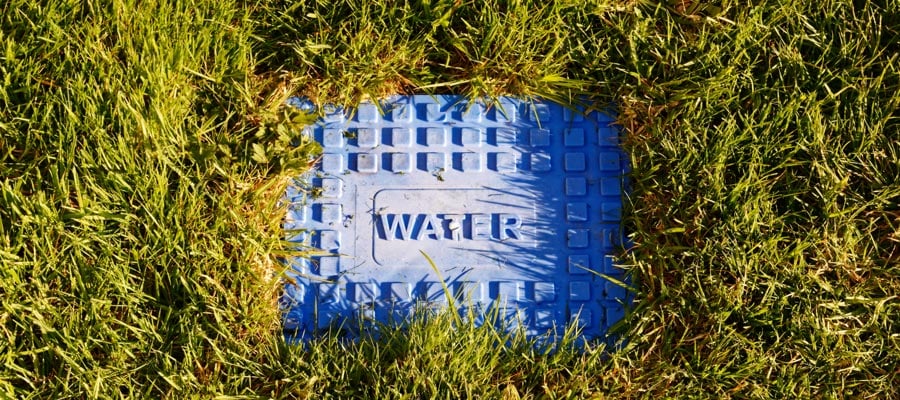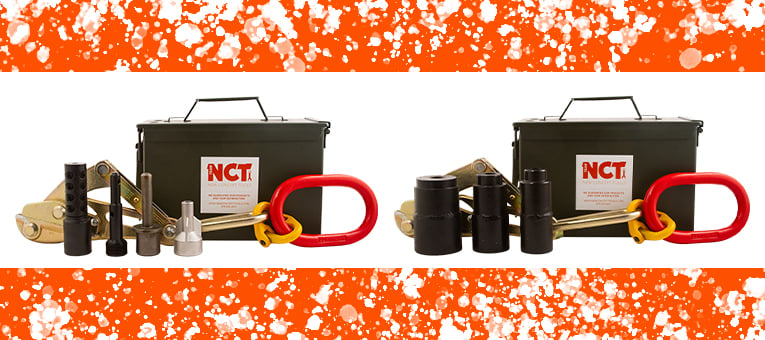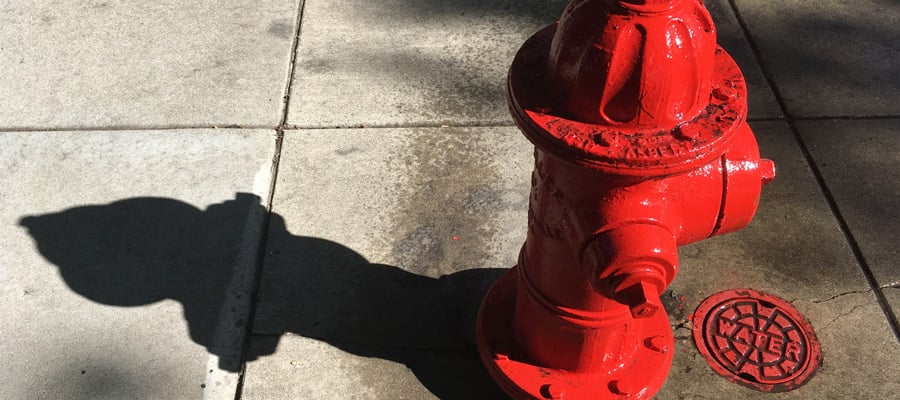Installation Process for Hydrant Spring Flags and Universal Flags
Storms can be rough on your hydrants. Whether it's snow that causes a plow truck to plow through your hydrant or flooding from the torrential rain that makes a construction worker in a 4x4 run over it, the damage to your hydrants can be devastating. Fortunately, there's an easy-to-use tool to help mark your hydrants so that they're easier to see: hydrant flags. Available in hydrant spring flags and universal mount flags, the only thing you need to worry about is installing them. Here's a quick look at how to install each type quickly and easily.
Hydrant Spring Flags

Hydrant spring flags can be installed on most hydrants that have bolts holding the weather cap in place. The flags can be installed on the top edge of the weather cap, allowing it to stick up well above the hydrant itself. Installation takes only a few seconds and is easily completed with a pair of wrenches or ratchets with appropriate-sized sockets. Start by removing the housing bolt and nut from the hydrant's weather cover. Place the base of the galvanized spring over the bolt slot, then insert the bolt through the washer, the base of the flag and the weather cover, then tighten the nut to hold the spring in place. Hydrant spring flags are a great option if you're concerned that hydrant flags may not be replaced on the hydrant following a fire or hydrant flushing or inspection, as the flag is not impacted by these activities at all. This means you won't have to replace flags that have gone missing after the hydrant is used.
Universal Hydrant Flags
Universal hydrant flags are just that: universal. They'll fit virtually any hydrant on the market because they install over the hydrant's hose connection, which is typically standardized on 2" FIP fittings. Because the fit of the universal hydrant flags are slightly more off-center than the hydrant spring flags, you may want to install the flag on the hose nozzle closest to the potential source of damage, such as a roadway.
To install your flags:

- Remove the hydrant hose cap where you want to install the hydrant flag, which will possibly require an appropriately-sized wrench to loosen it.
- Next, you'll place the loop at the base of the flag over the hose nozzle, moving the flag loop to the back of the nozzle threads.
- You'll then replace the hose nozzle cover and tighten it down against the flag base loop.
Though these flags are somewhat less expensive than their spring-flag counterparts, there is a good chance that after a fire or maintenance task, they may not be replaced on the hydrant, leading to costly replacements or potential damage while the hydrant is unmarked. If this is a concern for your water utility, you may want to use a spring flag instead.
By adding marking flags to your hydrants, you can avoid unintentional damage caused by poor visibility, saving you time spent in repairs and the cost of new parts. If you're ready to add hydrant flags to your water utility's hydrant assets, but aren't sure which one is the best bet for your specific situation, New Concept Tools is here to help. Please feel free to contact our experienced associates today for more information, with any questions or to place an order for our highly effective hydrant flags.










